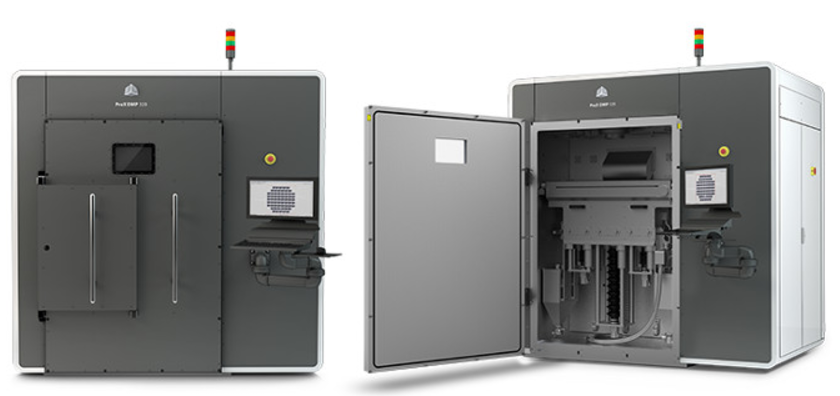Metal Additive Manufacturing: Embrace the future "!"
ASSO recently released the Global Metal Additive Manufacturing Market Research Report 2021, which analyzes the global metal additive manufacturing market size and market growth. IFF project manager Lucas Li pointed out that the market size for metal additive manufacturing will reach 3.6 billion in 2025 and CAGR will reach 30%.
Additive manufacturing or AM for short was first developed in the 1980s. This technology is unlike traditional manufacturing as it is additive by nature, meaning that the process starts with an empty build envelope and material is subsequently added layer by layer. These layers are usually measured in microns and are deposited and melted together until the part is complete. Traditional manufacturing is a subtractive process. It starts with a chunk of material which is subsequently machined down to the final part using different tools and sometimes even different machines.

Metal additive manufacturing takes the form of 3D printing, which is a relatively new technology first developed in the mid-1990s. The process was known as selective laser melting (SLM). This type of technology uses a powder bed, and a laser is used to melt or fuse the particles together. Selective laser sintering (SLS) is a similar technology but instead of fusing the particles together it sinters them together, this means they are heated to the point where they bond to each other. This process results in parts that are not as strong as those produced by SLM. Direct process powder-bed systems are known as laser melting processes and are commercially available under different trade names such as Selective Laser Melting (SLM), Laser Cusing and Direct Metal Laser Sintering (DMLS). The only exception to this process principle is the Electron Beam melting (EBM) process, which uses an electron beam under full vacuum.
The number of industrial applications for metal 3D printing are somewhat specialized as additive manufacturing by its nature is not suited for long production runs of consumer products. This is due mainly to its slow manufacturing speed and its higher raw material cost. However, where metal AM truly shines is in the medical, aerospace, and high-tech manufacturing industries.
Boeing reported that they have 20 sites producing metal parts and that there are over 60,000 AM parts currently in their deployed aircraft. GE reported that they have over 1,200 employees operating 1,300 machines resulting in over 50,000 parts in the field today. Over 1,000 ongoing Metal AM projects are directed at what GE believes is a $76-billion market opportunity in the next eight years. Stryker just finished building a state-of-the-art facility to address growing opportunities in the med tech industry; and already has over 100,000 Metal AM implants in patients. UPS is planning that Metal AM will be the "4th modality of logistics." Digital libraries will replace the movement of many goods shipped today and UPS plans to be in the middle of it all. UPS is now three years into creating its "Digital Logistics Network" to facilitate on-demand manufacturing.
Metal powder bed fusion machines are available today from Concept Laser GmbH, EOS GmbH, ReaLizer GmbH, Renishaw and SLM Solutions GmbH in Europe. These companies offer a variety of systems based on the similar selective laser melting principle, but giving their own processes different names. 3D-Systems, based in USA, also offers systems based on selective laser melting. The choice of the right machine is dependent on the requirements of the end user, with the type of laser unit, powder handling and build chamber being some of the main characteristics of the system to consider.
Metal Additive Manufacturing Key Players
Metal additive manufacturing has made significant strides in the past few decades and its pace of development shows no signs of slowing down. New metal AM techniques and processes are constantly being developed and these do show a general downwards trend in cost. This indicates a trend within the metal AM field to make the technology more mainstream, but as it stands the financial barrier to entry is still insurmountable to many manufacturers. EOS GmbH, GE, SLM Solutions, 3D Systems, Trumpf, Renishaw, DMG Mori, Sisma, Xact Metal and BeAM Machines are major players in the global industry.
ASSO regards each project as the best communication bridge between us and our customers. ASSO solemnly promises that ASSO will treat each project as our most important customer project. We will go all out and never give up. ASSO regards each other's excellence as the purpose of our service. ASSO's services involve regional analysis, market data, player share, market decision-making, marketing and product positioning
– Allen King

Leave a comment
All fields marked with an asterisk (*) are required